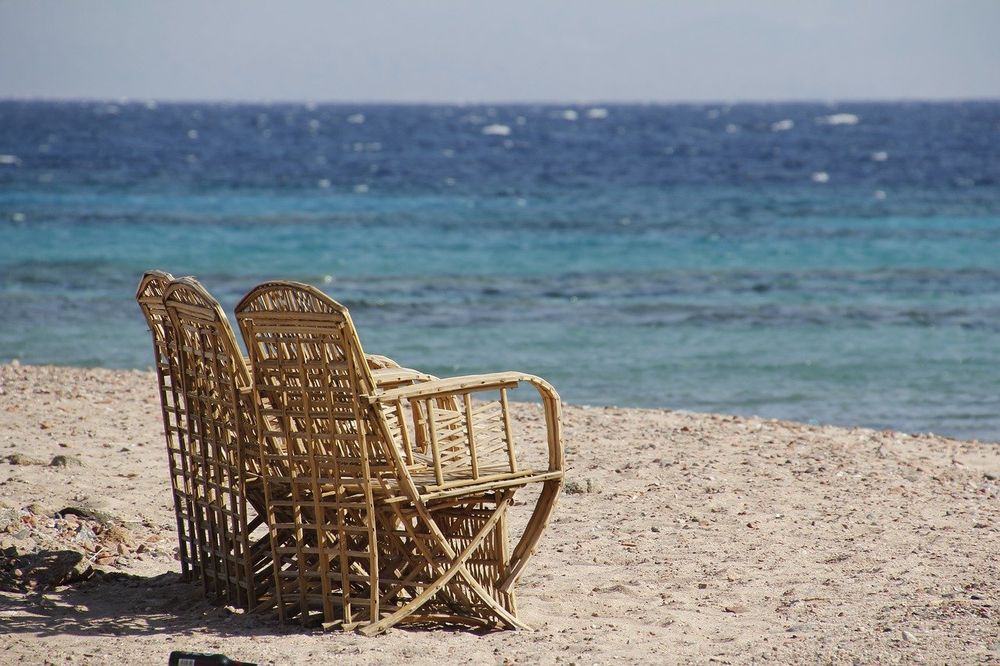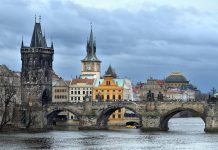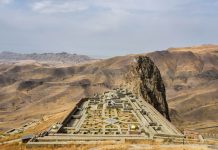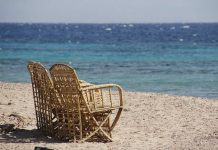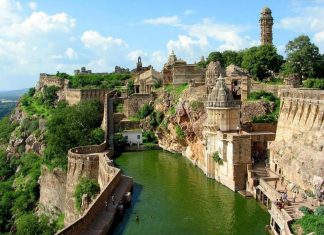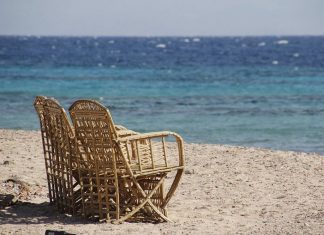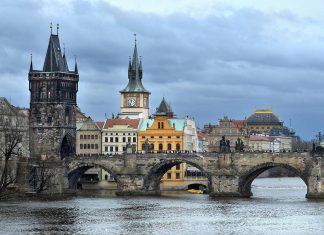The Republic of Estonia is a country in Northern Europe, bordering the Baltic Sea to the west and the Gulf of Finland to the north, and sharing a land border with its fellow Baltic state Latvia to the south and with Russia to the east.
The northernmost of the three Baltic States , Estonia has fared well since regaining independence. When in the capital Tallinn you notice right away that people are doing well especially with their hospitality towards visitors.
For the visitor Estonia offers some nice natural parks, a few old towns, some remains from the middle Ages and a lot of Islands just off the coast.
Tallinn is a beautiful medieval old city, comparable to Prague with it’s multitude of spires and orange-tiled rooftops.
Estonian language is different from the Indo-European languages; it belongs to the Finno-Ugric group of languages together with Finnish and Hungarian. It is very similar to Finnish, which is spoken just over the Gulf of Finland .
Capital of Estonia is Tallinn.Tallinn is divided into three zones that quite clearly show its historical development: the upper town, with its 13th-14th century citadel, built on a steep hill; the lower walled town, built between 14th-16th century; and the newer district.
Estonian is the official language. Most people also speak Russian, which is the mother tongue of around 30% of the population. However, since independence, the indiscriminate use of Russian could on occasion cause offence.
Religion: Christianity, with Lutheranism and Orthodoxy.
Estonians are generally quite reserved and polite. A hand shake is the customary greeting. Normal courtesies should be observed. The Estonians are proud of their culture and their national heritage, and visitors should take care to respect this.
Estonia is a wonderful historical country and White Nights in the summer are only one reason to visit the region….. as if that’s not reason enough! A pleasant coach trip takes you along the northern Estonian coast to the border town of Narva , which has for centuries been the historical gateway between East and West.
Trade routes passed through Narva, a link between the Baltics, Russia , the Mediterranean and even as far as the Orient and until World War II, visitors enjoyed the wonderful Old City .
The architecture, combining local traditions of building and elements typical of the Baroque style, was almost completely destroyed during the war.

